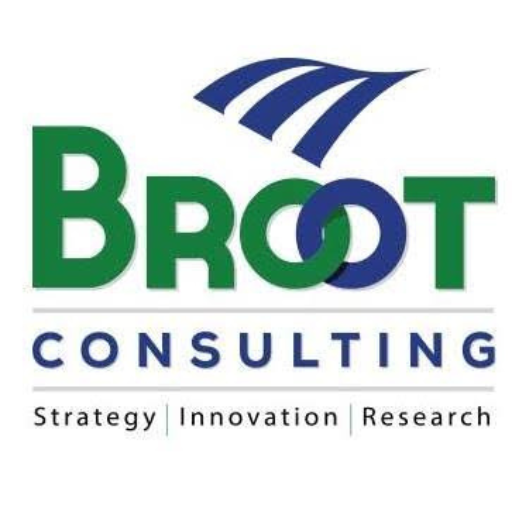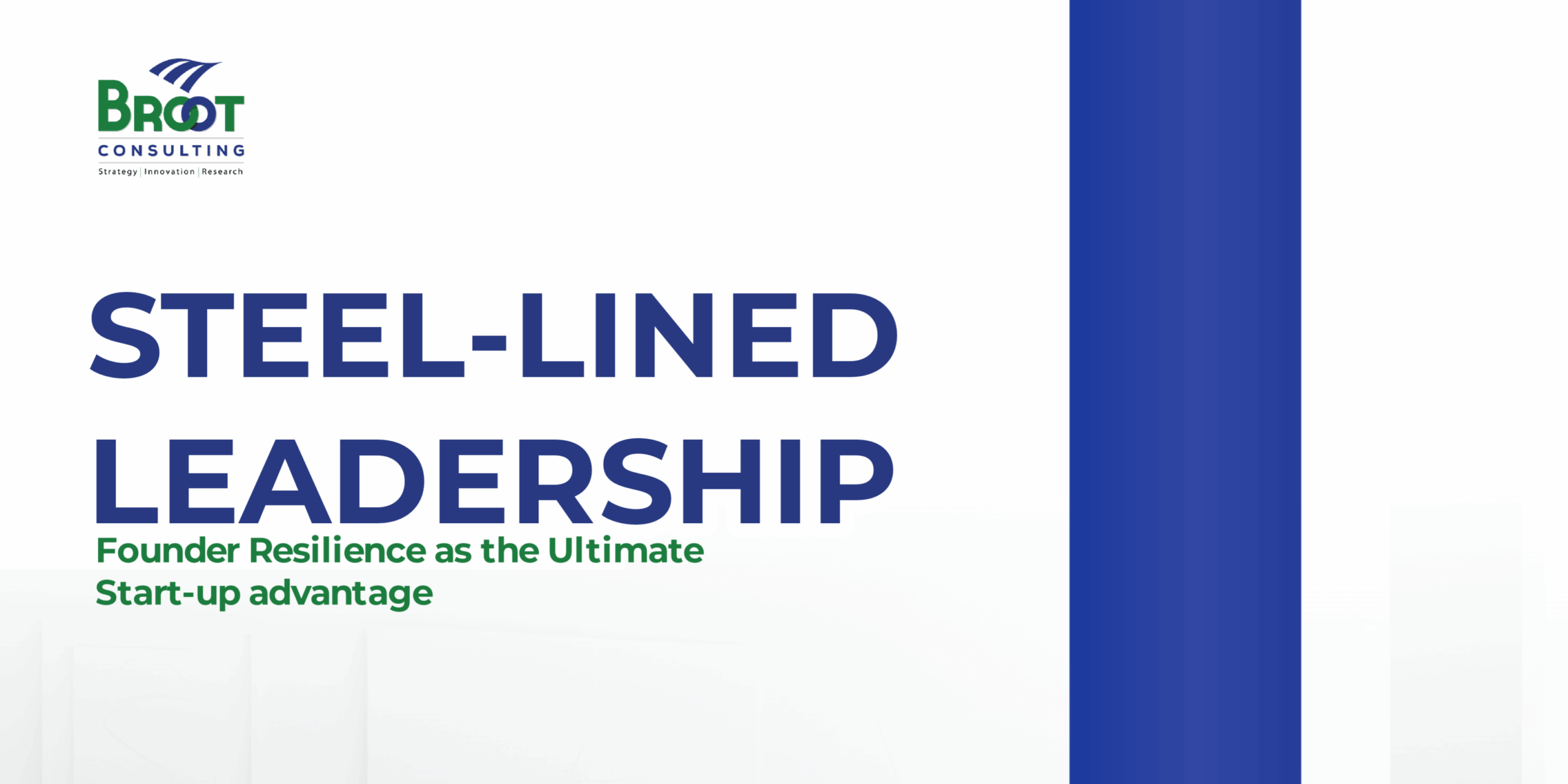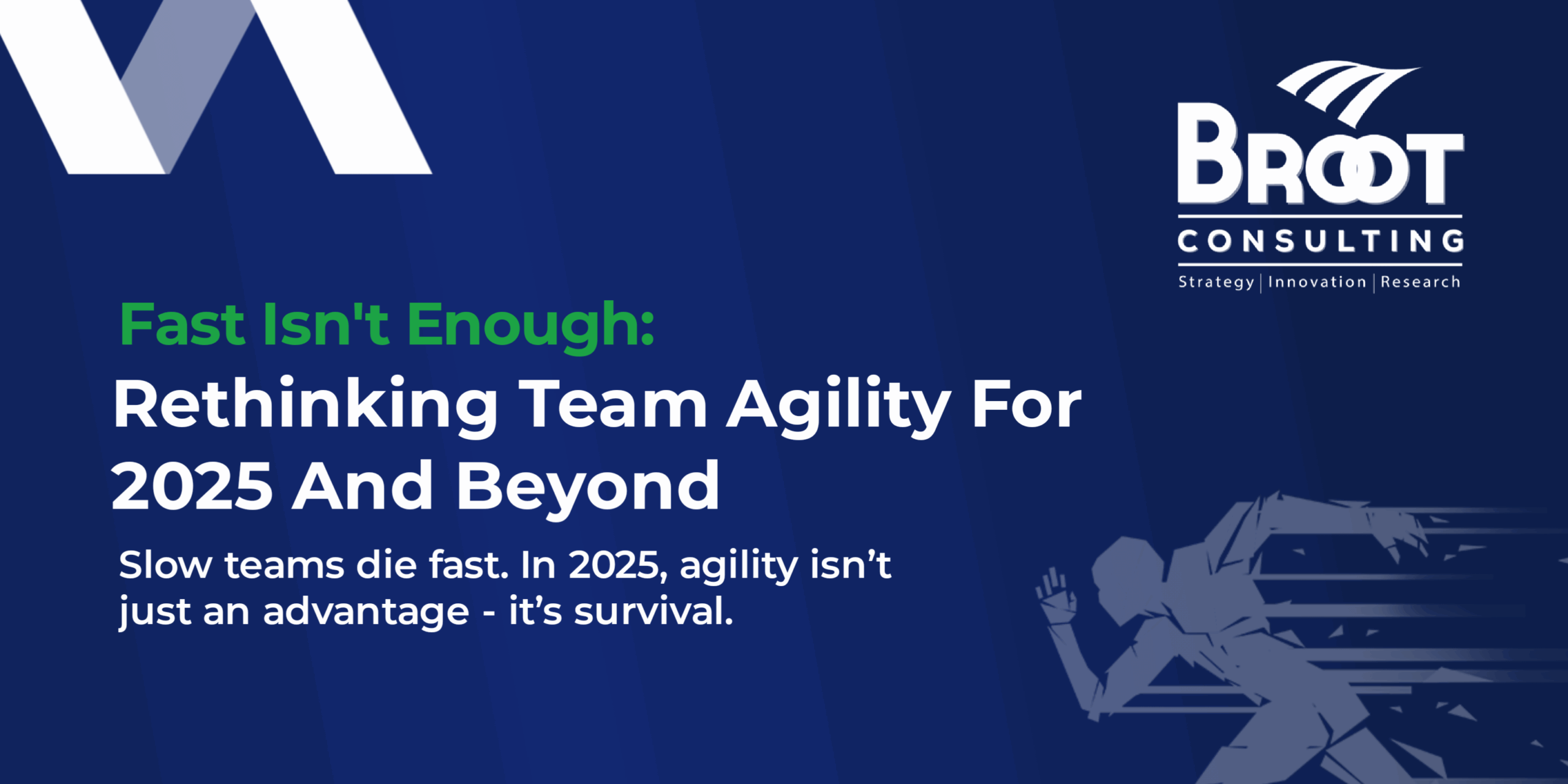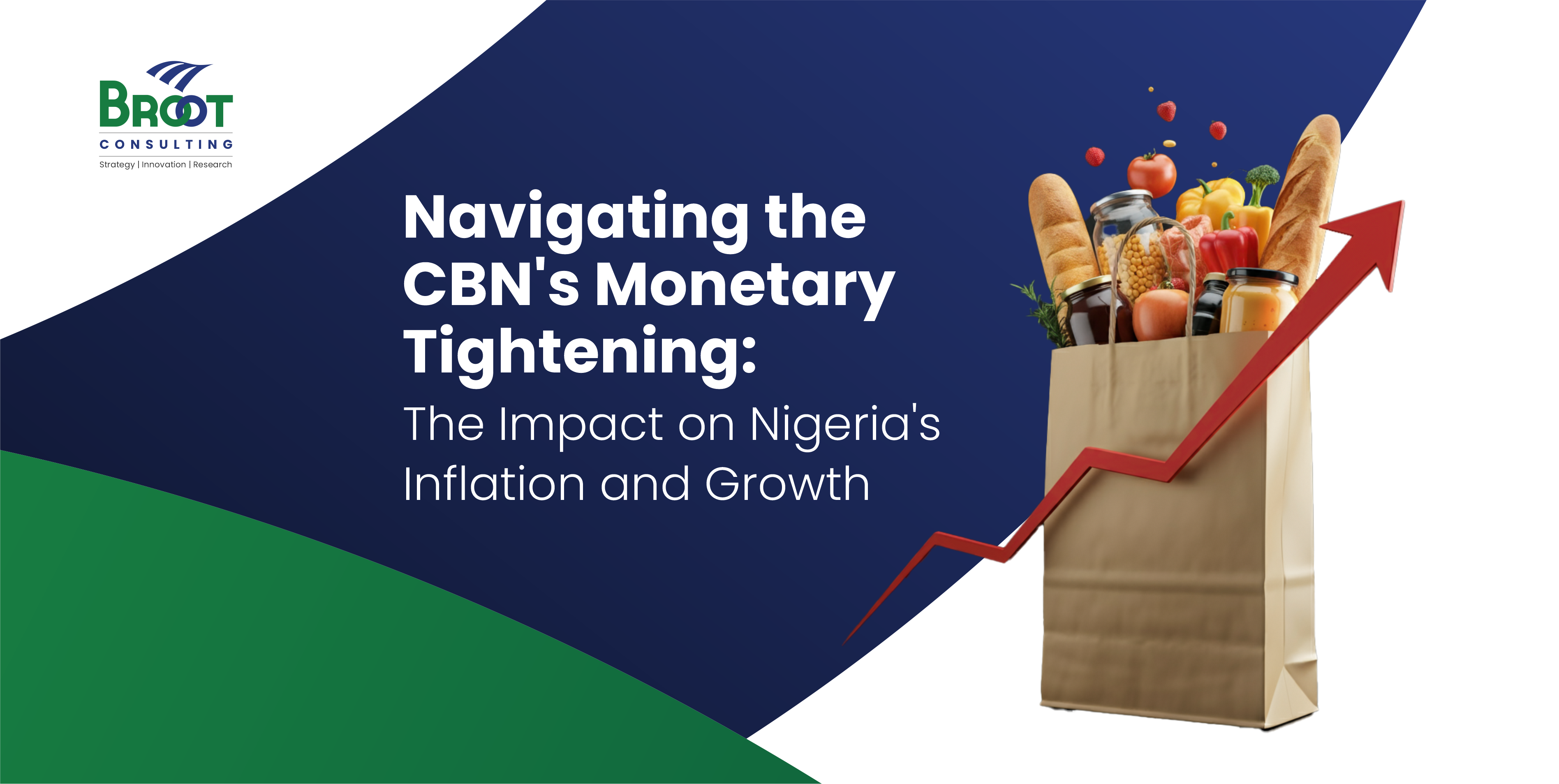“If your actions inspire others to dream more, learn more, do more and become more, you are a leader ” -John Quincy Adams
What skills does a leader need to survive in the current age of constant disruption? In the age where everything seems to be in a state of flux and access to global information is just a smartphone away? What things should leaders do differently to transform their organisation into global players and a reservoir of talents and wisdom? These are some of the issues that I kept pondering on as I transverse various corporate offices in the last few weeks. I began to ask myself if some of the things present in these corporate offices could be sustained in the future. I saw lots of look-and-think-alike, I saw predominantly single-sex workplaces and workplaces dominated by people from the same village or tribe. I did not see offices with disable people and this proves to a large extent that there are no disability or diversity policies or rather, they are just on paper. What I see in offices and organisations is PAROCHIALISM and there is a need for leaders to rise to the challenge and the realities of the twenty-first-century concept of business.
The advancement in technology confers on us the ability to break down silos. It gives us the opportunity to challenge the status quo and embrace multi-cultural views because the world has been transformed into a global village. Today, we could stay in the comfort of our room and embark on cross-cultural learning with our smartphone. The information technology also enables easy communication and access to a global pool of talents, and brighten our understanding of multi-cultural issues. The skill required of leaders and managers should be the ability to capture the opportunities and benefits of diversity and inclusion for the benefit of their organisations.
Parochialism, that is the growing norm today undermines the potentials of individuals or an organisation. Failure to harness the power of inclusion and manage diverse groups is a recipe for lacklustre performance. Sometimes leaders are consumed by prejudices and fall into the temptation of looking at their environment from a narrow lens of physical, gender, cultural, religion or ethnic bias. When stereotypes are accommodated or elevated with piety then inclusive growth, radical innovation and competitive edge become impossible to attain. An organisation that is dominated by the look-alike and the-think-alike will soon struggle to succeed in the new economy where continuous disruption is inevitable, and policies and practices of exclusion are counterproductive and obsolete.
Diversity and Inclusiveness: New Leadership Requirements
What is inclusion and why is it so important today? Inclusion is a concept that allows everyone to contribute meaningfully to the growth of an organisation or the development of the society is given the opportunity, enlisted into a team and allowed to rise without limitation or self-imposed prejudice that comes in the form of gender, religion, ethnicity and physical disabilities.
No society achieves meaningful development without harnessing the power of diversity and inclusion, it has been argued severally that the greatest strength of the United States of America is in its immigration laws that enable it attract the best talents from all over the world. It is also proven in business that the most innovative and high performing organisations are those that find strength in diversity and joy in inclusiveness.
Scott Page in his book The Diversity Bonus says “If you don’t bring a lot of diverse lenses to bear, you’re likely to have blind spots and make mistakes.” The look-alike and think-alike strategy facilitates homogeneity, promotes exclusion, undermine potentials and breed agitations and unrest. A look-alike employment strategy is fast becoming a failure, so also are practices that exclude either the silent majority or the silent minority. Today’s leaders must live in the consciousness of being a connector and an aggregator; it is the skill that is required to lead a diverse group, An innovative leader includes in his team the majority and the minority, the vocal and the silent because in each of them lies the real ingredients for success.
Stereotyping is a Mental Mistake
Stereotyping is in all of us, we categorise people into our bias groups that we have created in our minds. This makes leaders fall into the temptation of employing those from their comfort zones like the same ethnic group, same personality, extended family, friends, political ideology, philosophies, gender or physical status. A manager who is only comfortable with people that speak the same language as he or she does is no longer needed in any organisation. Excellence is not contained in being homogenous but in inclusion. Stereotypes lead to exclusion which leads to underperformance in business and violence in the political landscape. Stereotype impedes collaboration, encourage the status quo, destroy bridges and promote mediocrity. Such leaders cannot grow an organisation into enviable heights.
Identifying Stereotypic Leaders
These are common traits found among stereotypical Leaders:
-
-
- They are overly critical and usually have negative feelings against others who are not like them in personality, nationality, gender or religion.
- Their preconceived ideas make them to subtly discriminate against others
- They are advocates for race and ethnicity.
- Talking down on other class or call them by derogatory e.g. a white guy may use the N-word for a Black guy, In Nigeria, a Yoruba man may refer to an Ibo man as “a je okuta ma mu omi” Meaning someone who can eat “stone” without drinking water with it. This is because the Yoruba’s mock the Igbo because they believe they like to eat foods that are hard.
- They discriminate against those outside of their approved class.
- They exaggerate the differences between groups that they do not just want to associate with and minimize the difference between the classes that is acceptable to them. For instance, an Igbo person may believe he or she is closer to the Jew (whose country is about 8000 kilometers away) than the Yoruba man who lives in the same compound. A Hausa person may also see more closeness to the Arabs who are thousands of miles away than to the Tiv people who are less than 200 kilometers away
-

Dealing with Exclusion and Stereotypes.
- Define the rule and uphold it: we are all moulded in the compartment of prejudice and except a deliberate effort is made by a leader, stereotyping will not leave the organisation in a hurry. It is therefore important to formulate policies against all form of discrimination and to promote practices that encourage togetherness.
- Discourage Class Dominance: efforts should be made to discourage class dominance and one of the ways that this can be done is by deliberately giving recognition to the minority of the weaker class.
- Empathy training: I am a strong advocate of empathy and I am persuaded that when people understand empathy then they will willfully destroy their practices and philosophies that segregates.
- Establish a forum for constant Interaction: another way of dealing with stereotypes and exclusion is to create an informal forum for continuous mingling that enables others to appreciate the perspectives of the other group.
Benefits of Diversity and Inclusiveness
Inclusion and diversity drive innovation, enable growth and constitute a significant source for competitive advantage. Fresh perspectives are required in businesses, governance and the best way to achieve this is by bringing different views and personalities together. For instance, all male or female team of Engineers or Lawyers who have the same task will produce results that may be significantly and a lot less at par with a group of engineers or lawyers who are made up of both Female and male. Dr Katherine Phillips, a Professor of Leadership and Ethics at Columbia Business School, in her work “How Diversity Makes Us Smarter” stated that “diversity enhances creativity. It encourages the search for novel information and perspectives, leading to better decision making and problem-solving skills. Diversity can improve the bottom line of companies and lead to unfettered discoveries and breakthrough innovations.”
Inclusive leadership is a crucial skill required for sustainable success. It is a skill that brings the best out of all of us – the great feeling of being recognised and appreciated, of being given the opportunity to try to be a part of a process. Leadership by exclusion breeds segregation and undermines people potentials. An inclusive culture treat, appreciate and respect everyone reasonably based on their unique characteristic. It gives the opportunity for everyone to attain their potentials regardless of their background, achievement, orientation or status.
Organisations that practice Inclusion have been shown to be the one that attracts the best of talents, have more satisfied employees and customers and can solve complex problems faster and better. Finally, they enjoy low staff turnover and excellent reputation.
Conclusion
It is high time every manager and leaders dropped every practice that promotes division and encourages discrimination. A situation wherein an office is filled with people of the same tribe, background and mother tongue is a significant weakness that must be addressed by management especially the Human Resources Office. Failure to address issues like this will lead to mediocrity, nepotism and sub-optimal performance.
An essential skill required of competent leaders is the ability to manage a multicultural, multi-religious, and multi-status team. The ability to accept everyone regardless of their point of view. It should be noted that opposition has its place in driving performance and the person with opposing view is not necessarily an enemy because history has shown that the worst betrayal doesn’t necessarily come from the enemy but a partner, friend, or family members.
Inclusive leadership requires commitment and a clear strategy. It takes a comprehensive plan, grounded in the assessment and development of key leadership traits and skills, to foster inclusive leadership at the top of the organisation and to inspire an inclusive mindset throughout the organisation.
 Olukunle A. Iyanda, PhD, FCA, MBA
Olukunle A. Iyanda, PhD, FCA, MBA
Founder/Chief Executive Officer, BROOT Consulting iyanda@brootc.com




